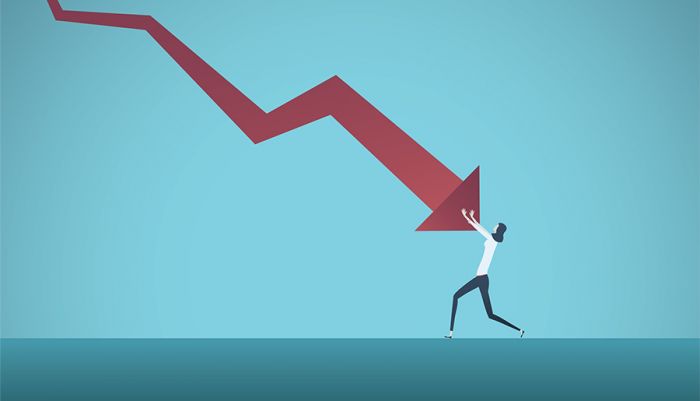The pandemic struck the world suddenly and resulted in millions of job losses all over the world. The unemployment rate has reached an all-time high. People globally are struggling to handle day-to-day expenses. In the case of America, over 50% of American households in the 4 biggest cities report serious financial problems such as missed payments, late payments, or depletion of savings. During this time of great economic distress, the rate of loan fraud has also grown exponentially.
As lenders manage credit risk related to potential and current borrowers, they have to vary of financial distress and should be prepared to navigate them.
Enhanced Overdraft Activities
Verifying the source and stability of income during the loan approval process can be tiring for lenders. Spending hours to assess bank statements and transactional activity pre-approval can provide insight into a borrower’s financial health. Most lenders/application verifiers are well-trained in figuring out red flags and hidden signs of financial distress. Consistent account overdraft activity is a huge red flag pre-approval of the loan application.
Enhanced or constant overdraft activity signifies that the borrower is incapable of handling their finances efficiently. If a borrower has a history of improperly handling their funds, then it’s a sign they may not be able to pay back the loan on time or at all. Overdraft activity is one of the biggest causes of application rejection.
Incomplete or Late Payment Habits
Another red flag is a borrower’s inability to pay off their bills on time or pay them in full. This is a clear sign that the borrower is facing some monetary crisis. Maintaining a habit of partial payments creates an endless cycle of late payments. How a borrower manages their day to day expenses and recurring expenses helps lenders understand the financial health and habits. These habits are also used to determine if a borrower is capable of making the loan payments on time.
Lenders need reassurance that borrowers can pay back their debts. Whether someone is a prospective or current customer, it is imperative for lenders to understand the history and current financial standing. Having crucial insights like utility bill payments, loan payments, credit card payments can help lenders paint a better picture of how a borrower manages their finances.
What Lenders Need to Do?
The rate of fraud and attempted fraud post-pandemic is a reason for concern for lenders worldwide. Lenders have to take a proactive approach during the approval process. Using credit monitoring solutions is one of the best ways to tackle the issue of fraud and for monitoring ongoing borrower transactions. If lenders are able to identify the first signs of a borrower’s inability to make ends meet and pay regular expenses on time, they can expect late or incomplete repayment of loan payments.
To get around this problem, banks can reach out to customers with solutions like forbearance, reduced rate, and short-term payment structures in this troubling time. This improves the borrower’s capability to complete the payments on time, and it also helps in building a positive customer-bank relationship.
Identifying Loan Application Fraud with DIRO
The constant rise of loan fraud is a growing concern for banks all over the world. Most banks rely on manual methods of verification. Usually, banks require credit statements and bank statements not older than 90 days along with the verification. Fraudsters either use fake documents or stolen documents to get around the manual verification process. While lenders are well-trained to detect red flags, fraudsters are evolving and they provide near-perfect documents.
With DIRO’s online document verification, banks can eliminate the risk of fraud. DIRO cross-checks document data from original sources and 100% eliminates the use of fake and stolen documents. DIRO’s bank statement verification service also provides 100% proof of authentication for verified documents with verifiable credentials, thus making future verification easier.


